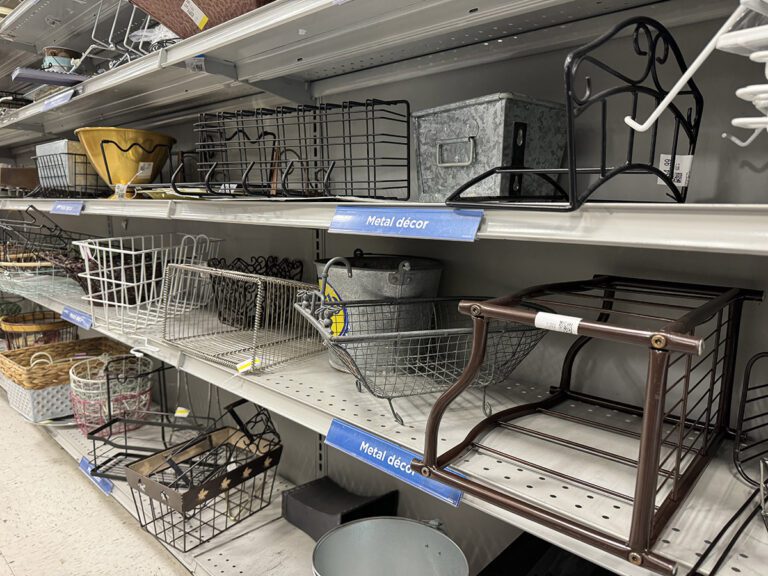We always have great intentions at the beginning of the year to communicate our routines and expectations for art class. However, with so many classes and so many different routines (pencil sharpening, passing out work, painting clean-up, etc.), it’s easy to be inconsistent with rules or expectations or forget to teach specific routines. These inconsistencies can lead to management issues, such as misuse of materials, behavioral issues, or precious time wasted. So, why not start off on the right foot?
Here are 5 steps you can take right NOW to reduce management issues later this year.

1. Communicate the Basics
The art room requires the teaching of more routines than almost any other classroom. To help yourself out, communicate your behavior expectations FIRST, as they will most as they will most likely span any routine in the art room. Then, within the first few days, cover routines students will partake in every time they enter your room: coming in, listening, getting materials, work time, getting the teacher’s attention, cleaning up, lining up, etc. When other routines are needed, like on a day with a new, messy material, remember to explain them in the moment and practice a few times with students. It also doesn’t hurt to explain to students why routines and expectations are in place: to use time effectively, to keep the art room safe, and to foster respect and responsibility.
2. Be Clear, Concise, and Consistent
I have four over-arching guidelines that cover nearly every behavioral expectation: be respectful, be responsible, be safe, be caring. With these, I also list specifics for the art room, as you can see in the image above. By making expectations concise, I can cover almost any behavioral issue I will encounter, and also use the language students are familiar with throughout the rest of the building. When I explain routines, I narrow down the steps to simple words or statements and include pictures when I can. Being consistent is difficult. Some days you may want to pick your battles, but it’s best to stick with your plan. It only takes one instance of inconsistency for some students to begin to push the boundaries.

3. Model, Practice, Reteach
Modeling exactly what you expect is about as clear and concise as you can get. You can model and then have students model both right and wrong approaches. Without visually modeling and practicing, it’s very difficult for the majority of students to remember what is expected. Don’t be afraid to take the time to reteach when you see behavior slipping.
4. Post Your Expectations
Post your rules and consequences. Having a visual helps remind you to be consistent, and serves to continuously remind students of the expectations too.
5. Build Rapport
You can have the best management plan and be an excellent model and communicator of routines and expectations, but management issues are only truly reduced when you have built rapport with your students. Students thrive in environments in which they know they are safe and respected, especially at school. Creating this kind of environment within your art room is essential. You can achieve this by getting to know your students and establishing relationships built on mutual-respect and trust. Don’t forget that students rarely misbehave in a class they really want to be in. Establish your boundaries and have fun within those boundaries.
Don’t forget you can make these first days FUN! Create a BINGO board, have a scavenger hunt, have peer experts and do stations that feature important areas of your room. The possibilities are endless!
I wouldn’t know how important these 5 steps were without having put them into practice, but I also had a little help from the books by classroom management guru Michael Linsin. If you want even more management tips, Managing the Art Room was a life-changing course for me. It helped me develop the routines I use today that my students love, understand, and carry out.
How do you communicate your routines and expectations?
What have you found reduced management issues?
Magazine articles and podcasts are opinions of professional education contributors and do not necessarily represent the position of the Art of Education University (AOEU) or its academic offerings. Contributors use terms in the way they are most often talked about in the scope of their educational experiences.




